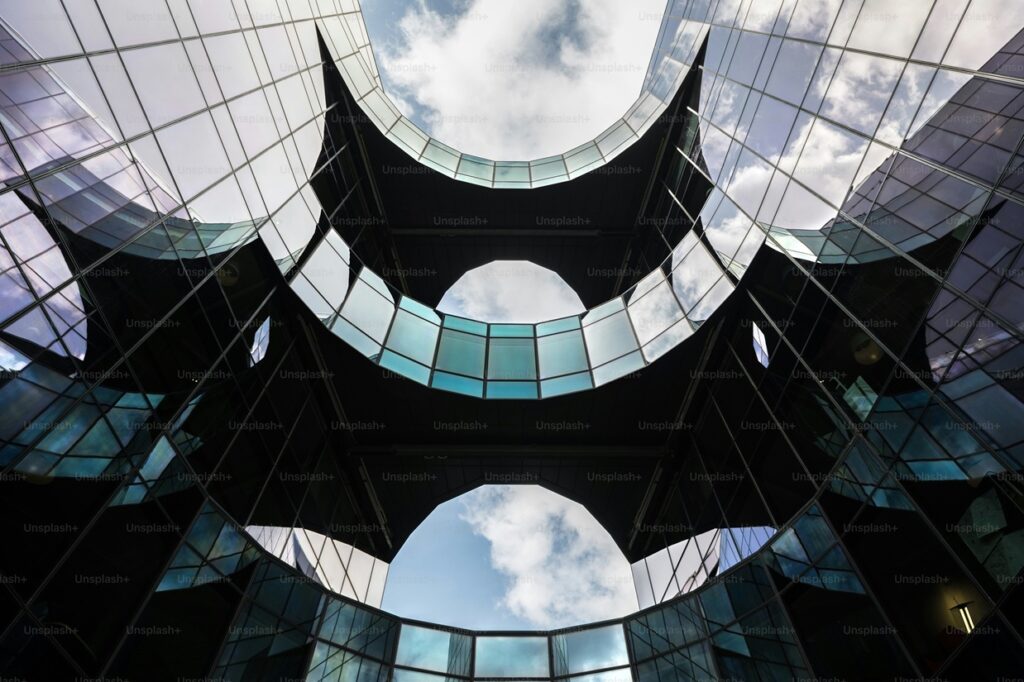When it comes to home renovation, windows are often one of the first features homeowners upgrade—and for good reason. A well-designed window can dramatically improve both the appearance and energy performance of a home. As more homeowners seek energy-efficient solutions and sustainable design features, curved windows are emerging as a standout option that blends form with function. These elegantly designed windows aren’t just about aesthetics—they bring tangible benefits in light optimization, ventilation, and energy efficiency.

In this article, we’ll explore the practical advantages of curved windows and how they can transform your renovation project into a more functional and visually impressive space.
What Are Curved Windows—and How Are They Made?
Curved windows are made from glass that has been heated and formed into a gentle arc, creating a smooth, flowing shape instead of the traditional flat plane. The process behind creating curved glass is both technical and precise.
It starts with a custom-built steel mold, shaped to match the desired curvature of the window. This mold is then heated to an exact temperature—typically around 600 to 700°C (1112 to 1292°F)—to soften the glass. At this critical point, the glass becomes pliable enough to bend without compromising its structural integrity. Once molded, the curved glass is slowly cooled through a process called annealing, which relieves internal stresses and ensures long-term durability. The end result is a window that maintains all the essential qualities of safety, strength, and insulation—while offering a unique and eye-catching form.
Maximizing Natural Light from Multiple Angles
One of the most practical benefits of curved windows is their ability to capture light from multiple directions. Unlike flat windows that admit light along a singular plane, curved windows arc outward or inward, allowing sunlight to penetrate deeper into your space throughout the day.
This can be particularly advantageous in darker rooms or homes with limited exposure to direct sunlight. A curved window design acts almost like a sundial, catching shifting light as the sun moves across the sky. This not only brightens the home naturally but also reduces dependency on artificial lighting, cutting down on electricity usage during daylight hours.
For homeowners interested in passive solar design, curved windows can be strategically placed to maximize solar gain in winter while minimizing overheating in summer.
Panoramic Views and Stronger Outdoor Connections
From a functional standpoint, curved windows also enhance the visual connection to the outdoors. The seamless, panoramic effect of curved glass provides a broader field of view than traditional flat windows or segmented window panels. This makes them ideal for homes with scenic surroundings—whether it’s a lush garden, a mountain backdrop, or a coastal vista.
This stronger indoor-outdoor connection isn’t just about aesthetics; it’s also tied to mental well-being. Studies have shown that natural views and exposure to daylight can reduce stress and boost mood. Curved windows make it easier to bring those benefits into the home environment by framing outdoor scenery in a continuous, flowing way.
Improved Ventilation with Operable Curved Designs
While fixed curved windows are common in modern architecture, many manufacturers now offer operable curved windows—windows that open and close like traditional ones. When designed correctly, they can enhance natural ventilation, helping to maintain comfortable indoor air quality and reduce reliance on HVAC systems.
Operable curved windows can be integrated into various formats:
• Casement-style openings at the ends of a curved bay.
• Hinged or sliding mechanisms that follow the curvature.
• Combination units that mix operable panels with fixed curved sections.
By enabling more efficient airflow, these designs can promote passive cooling, particularly in temperate climates where cross-ventilation is an effective tool for thermal comfort.
Energy Efficiency Through Modern Curved Glazing Technology
Traditionally, curved glass was viewed as a luxury—attractive, yes, but not necessarily energy-efficient. That’s no longer the case. Today’s curved glazing technologies offer high-performance features that contribute significantly to a home’s energy profile.
Some of the advanced options include:
• Low-E (low emissivity) coatings, which reflect infrared and UV light while allowing visible light through.
• Double- or triple-glazed curved panels, providing excellent insulation and thermal resistance.
• Argon or krypton gas fills, which further reduce heat transfer between interior and exterior environments.
These innovations mean that curved windows can now meet or even exceed the performance of standard flat windows when it comes to thermal efficiency, helping reduce heating and cooling costs throughout the year.
Additionally, using curved glass in skylights, sunrooms, or large curtain wall sections can improve the building envelope’s energy efficiency without sacrificing style or functionality.
A Sustainable Choice for the Modern Renovation
Beyond their immediate functional benefits, curved windows also contribute to the long-term sustainability of a building. By allowing in more natural light, reducing energy consumption, and supporting better ventilation, they align perfectly with green building standards and energy-efficient home certifications.
Moreover, many curved glass products are now made with recyclable or eco-conscious materials, making them a responsible choice for environmentally aware homeowners.
Final Thoughts
Curved windows are more than just a visual statement—they’re a functional, forward-thinking design feature that can enhance almost every aspect of a home renovation. From maximizing natural light and improving airflow to offering panoramic views and supporting energy efficiency, they serve both form and function in equal measure.
As architectural tastes continue to evolve and sustainability becomes a central concern in home design, curved windows are poised to play a more prominent role in the modern renovator’s toolkit. Whether you’re looking to brighten up a dim living room, frame a beautiful view, or simply add a unique touch to your home, curved windows offer a compelling solution worth considering.

